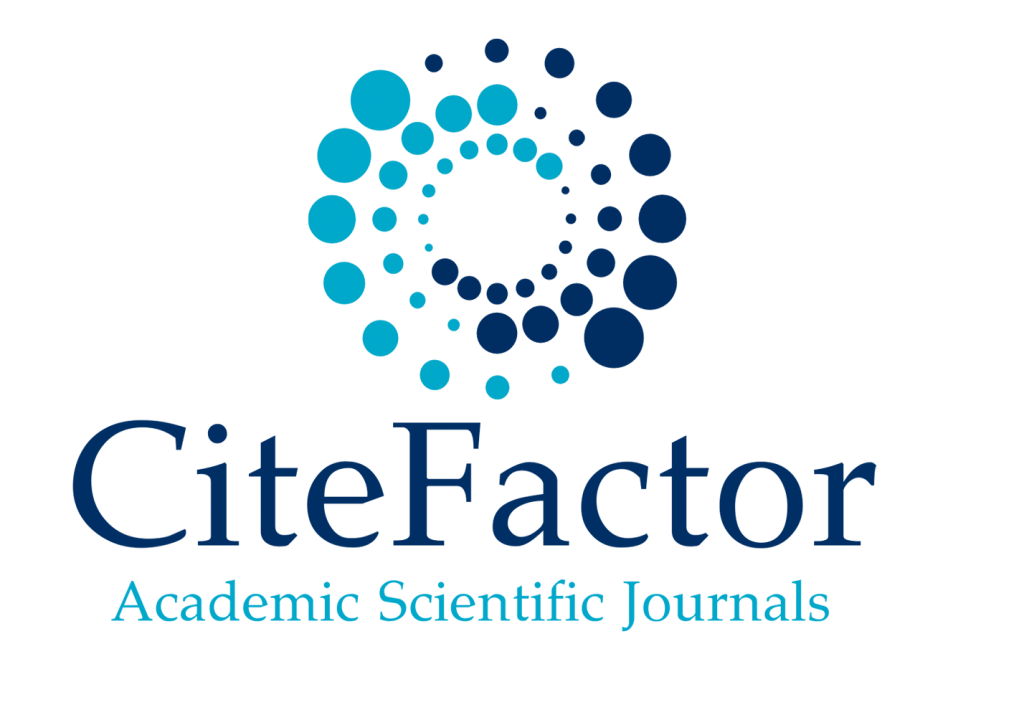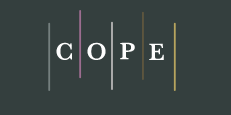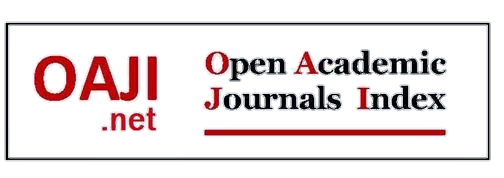Initiating form of Intellectual Property Office in Indonesia Based on Dynamic Governance
1Aditya Sarsito Sukarsono, 2Heri Fathurahman, 3Ima Mayasari
1,2,3Graduate Program, Faculty of Administrative Science, University of Indonesia, Depok, Indonesia
https://doi.org/10.47191/jefms/v8-i4-29ABSTRACT:
Indonesia performs worse in innovation outputs than innovation inputs in 2024. This year Indonesia ranks 54th in innovation inputs and Indonesia was included in upper middle-income group together with countries such as China, Thailand, Brazil, Republic of Moldova, South Africa, Jamaica. One of the efforts to become a world-class intellectual property office is the Intellectual Property Office in a country by implementing dynamic governance that has the characteristics of thinking ahead, thinking again, thinking across, able people and agile process. Therefore, in order to implement dynamic governance, it is necessary to study what form of intellectual property office is appropriate that is able to become a world-class intellectual property office, whether in the form of a directorate under the Ministry of Law, whether in the form of an autonomous body or whether in the form of state own enterprise. From the comparison results between Fuzzy VIKOR and Fuzzy TOPSIS, there are almost similarities in determine the appropriate organizational form for managing intellectual property office in Indonesia based on dynamic governance and dynamic capabilities, only different in the first and second options. For Fuzzy VIKOR, the first option is Intellectual Property State-Owned Enterprise, while for Fuzzy TOPSIS, the first option is Intellectual Property Agency. The second option Fuzzy VIKOR is Intellectual Property Agency and second option Fuzzy TOPSIS is Intellectual Property State-Owned Enterprise. The third option for Fuzzy VIKOR and Fuzzy TOPSIS is the same, namely Directorate General of Intellectual Property (DJKI) Ministry of Law RI.
KEYWORDS:
Global Innovation Index, Intellectual Property Office, Dynamic Governance, Dynamic Capabilities, Fuzzy VIKOR, Fuzzy TOPSIS
REFERENCES:
1) Amalia, D.U. & Mulyana, B.B. & Ramadhan, F.F. & Fajarwati, N.K. 2024. Perlindungan Hukum terhadap Kekayaan Intelektual dalam Era Digital di Indonesia. Jurnal Kajian Ilmu Sosial, Politik dan Hukum Volume 1 No. 1.
2) Adani, N. & Santoso, B. 2023. Kelemahan HKI di Indonesia Berdasarkan Undang-Undang tentang Merek dan Indikasi Geografis. Jurnal Notarius, Volume 16, Nomor 1.
3) Abdul Bari Azed, Kedudukan Konsultan Hak Kekayaan Intelektual Serta Kebijakan HKI, AGLC 4th ed.Abdul Bari Azed, 'Kedudukan Konsultan Hak Kekayaan Intelektual Serta Kebijakan HKI' (2005) 2(4) Indonesian Journal of International Law 755.
4) Albino-Pimentel J, Dussauge P, Elnayal O. Intellectual property rights, non-market considerations and foreign R&D investments. Res Policy. 2022 Mar 1;51(2):104442.
5) Antariksa Bagian Hukum B, dan Organisasi Sekretariat Direktorat Jenderal Ekonomi Kreatif berbasis Seni dan Budaya Kementerian Pariwisata dan Ekonomi Kreatif K. Landasan Filosofis Dan Sejarah Perkembangan Perlindungan Hak Kekayaan Intelektual: Relevansinya Bagi Kepentingan Pembangunan Di Indonesia. JDIH Kemenparekraf.
6) Auriol E, Biancini S, Paillacar R. Intellectual property rights protection and trade: An empirical analysis. World Dev. 2023 Feb 1;162:106072.
7) Biancini S, Bombarda P. Intellectual property rights, multinational firms and technology transfers. J Econ Behav Organ. 2021 May 1;185:191–210.
8) Brandl K, Darendeli I, Mudambi R. Foreign actors and intellectual property protection regulations in developing countries. J Int Bus Stud. 2019;50(5):826–46.
9) Desiroto, F. & Yusuf, H. 2024. Analisis Terhadap Implementasi Perlindungan Hak Kekayaan Intelektual di Pasar Global. Jurnal Intelek dan Cendikiawan Nusantara. Vol. 1 No: 2, April – Mei.
10) Delerue H. Shadow of joint patents: Intellectual property rights sharing by SMEs in contractual R&D alliances. J Bus Res. 2018 Jun 1;87:12–23.
11) Feng J, Jaravel X. Crafting intellectual property rights: Implications for patent assertion entities, litigation, and innovation. Am Econ J Appl Econ [Internet]. 2020;12(1):140–Available from: https://www.aeaweb.org/articles?id=10.1257/app.20180361
12) Holgersson M, Aaboen L. A literature review of intellectual property management in technology transfer offices: From appropriation to utilization. Technol Soc. 2019 Nov 1;59:101132.
13) Jayasekara DN, Fredriksson PG. Culture, intellectual property rights, and technology adoption. Q Rev Econ Financ. 2021 May 1;80:317–30.
14) Lee M, Alba JD, Park D. Intellectual property rights, informal economy, and FDI into developing countries. J Policy Model. 2018 Sep 1;40(5):1067–81.
15) Modic D, Hafner A, Damij N, Cehovin Zajc L. Innovations in intellectual property rights management: Their potential benefits and limitations. Eur J Manag Bus Econ. 2019 Jul 16;28(2):189–203.
16) Neves PC, Afonso O, Silva D, Sochirca E. The link between intellectual property rights, innovation, and growth: A meta-analysis. Econ Model. 2021 Apr 1;97:196–209.
17) Salma, A. & Tsabita, RZ. & Fitriyani, H. & Purwanti, A. 2024. Perbandingan Sistem Hak Kekayaan Intelektual di Negara Berkembang dan Negara Maju antara Indonesia dengan Korea Selatan. Jurnal Hukum dan HAM Wara Sains, Vol. 03, No. 01, Februari, pp. 51-61.
18) Syihabuddin. 2001. Beberapa Penerapan Paten dan Upaya untuk Membangun Sistem Paten Indonesia yang Efektif, Wajar dan Realistis. Jurnal Hukum. No. 16 Vol. 8. Maret.
19) Taguan, Z. 2021. Problematika Hak Kekayaan Intelektual di Bidang Merek Bagi Pelaku Usaha Mikro Kecil Menengah. UIRLawReview, Volume 5 Issue 2.
20) WIPO (World Intellectual Property Organization). 2024. Global Innovation Index 2024 Unlocking the Promise of Social Entrepreneurship, 17th Edition. Geneva: WIPO.
21) Mahfuz, A.L. 2020. Problematik Hukum Hak atas Kekayaan Intelektual (HAKI) di Indonesia. Jurnal Kepastian Hukum dan Keadilan. Volume 1 Nomor 2.
22) Neo, B. S. (2019). Dynamic Governance. Retrieved from http://siteresources.worldbank.org/EDUCATION/Resources/278200- 1121703274255/1439264-1242337549970/Dynamic_Governance.pdf
23) Neo, B. S., & Chen, G. (2007). Dynamic governance: embedding culture, capabilities and change in Singapore. New Jersey: World Scientific.
24) Peraturan Menteri Hukum dan HAM Republik Indonesia Nomor 41 Tahun 2021 tentang Organisasi dan Tata Kerja Kemenkum HAM RI.
25) Siregar, V & Rochmawati, N. 2023. Penerapan Metode Vikor dalam Penentuan Rekomendasi Objek Wisata Terbaik Surabaya di Masa Pandemi COVID-19. Journal of Informatics and Computer Science, Volume 04 Nomor 04.
26) Sugiarto, H. 2021. Penerapan Metode Topsis untuk Pemilihan Perumahan. Jurnal Teknik Komputer AMIK BSI. Volume 7, No. 2, Juli.
27) https://www.wipo.int/gii-ranking/en/rank
28) https://www.wipo.int/gii-ranking/en/indonesia/
29) https://www.wipo.int/directory/en/urls.jsp
30) https://kabar24.bisnis.com/read/20180214/16/738944/ini-kelemahan-perlindungan-kekayaan-intelektual-di-indonesia
















